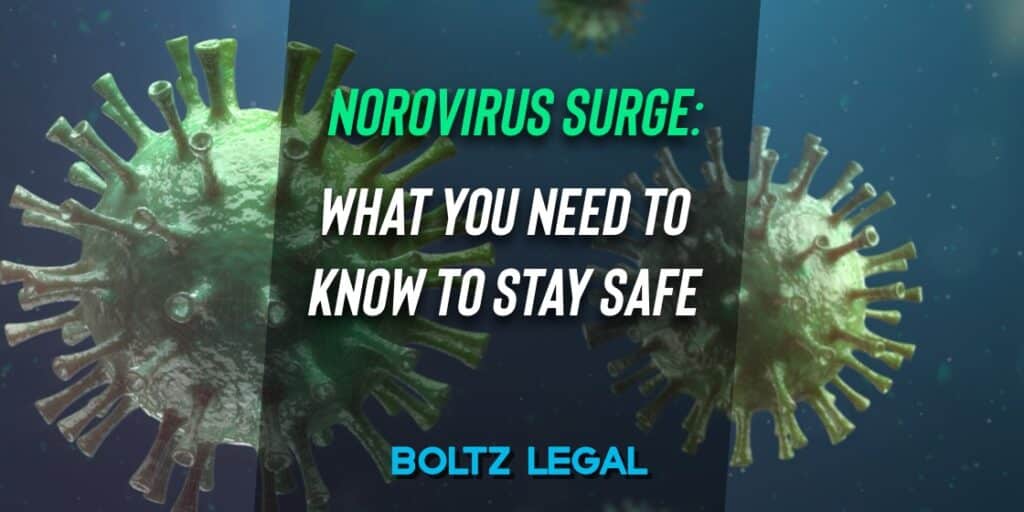Norovirus, often referred to as the “winter vomiting bug,” is experiencing a significant surge across the United States. The Centers for Disease Control and Prevention (CDC) reported 91 outbreaks during the week of December 5, 2024, a notable increase from previous weeks.
Understanding Norovirus
Norovirus is a highly contagious virus that leads to acute gastroenteritis, causing inflammation of the stomach and intestines. Symptoms typically manifest 12 to 48 hours after exposure and include:
Diarrhea
Vomiting
Nausea
Stomach pain
Fever
Headache
Body aches
These symptoms usually last between one to three days. However, individuals can remain contagious even after symptoms subside, making it crucial to maintain preventive measures.
Transmission and Prevention
Norovirus spreads through direct contact with an infected person, consuming contaminated food or water, or touching contaminated surfaces and then touching the mouth. To reduce the risk of infection:
- Wash Hands Thoroughly: Use soap and water frequently, especially after using the restroom and before eating or preparing food. Hand sanitizers are less effective against norovirus.
Handle Food Safely: Rinse fruits and vegetables thoroughly and cook seafood, particularly shellfish, to an internal temperature of at least 145°F to kill the virus.
Disinfect Surfaces: Clean and disinfect contaminated surfaces promptly using a bleach-based household cleaner.
- Stay Home When Sick: Avoid preparing food for others and stay home from work or school for at least 48 hours after symptoms have ceased to prevent spreading the virus.
Recent Outbreaks and Concerns
The recent increase in norovirus cases has been linked to several factors, including contaminated food sources. Notably, seafood recalls have been issued in multiple states due to norovirus contamination concerns.
Additionally, the winter season typically sees a rise in norovirus cases, as the virus thrives in colder temperatures and people spend more time indoors in close proximity.
Norovirus on Cruise Ships
Cruise ships have been notably affected by norovirus outbreaks. In December 2024, over 300 individuals fell ill due to norovirus on three different cruise ships. The Centers for Disease Control and Prevention (CDC) has logged outbreaks on 14 cruise voyages in 2024, with three ships impacted in December alone.
Norovirus in Healthcare Settings
Norovirus outbreaks in healthcare settings pose significant challenges due to the vulnerability of patients and the potential for rapid transmission. The CDC has established guidelines to prevent and control norovirus gastroenteritis outbreaks in these environments. Key recommendations include:
- Hand Hygiene: Promoting adherence to hand hygiene among healthcare personnel, patients, and visitors in affected areas.
- Environmental Cleaning: Implementing thorough cleaning and disinfection protocols for contaminated surfaces.
- Patient Isolation: Isolating symptomatic patients to prevent the spread of the virus.
These measures are crucial to controlling outbreaks in healthcare facilities.
Treatment and When to Seek Medical Attention
There is no specific treatment for norovirus; management focuses on relieving symptoms and preventing dehydration:
- Hydration: Drink plenty of fluids to replace lost electrolytes.
- Rest: Allow your body to recover by getting adequate rest.
If symptoms persist beyond three days, or if you experience severe dehydration, such as decreased urination, dizziness, or dry mouth, seek medical attention promptly.
With norovirus cases on the rise, it’s essential to practice good hygiene, handle food safely, and remain vigilant to protect yourself and others from this highly contagious virus.
Today’s Insight:
“An ounce of prevention is worth a pound of cure.”
— Benjamin Franklin

